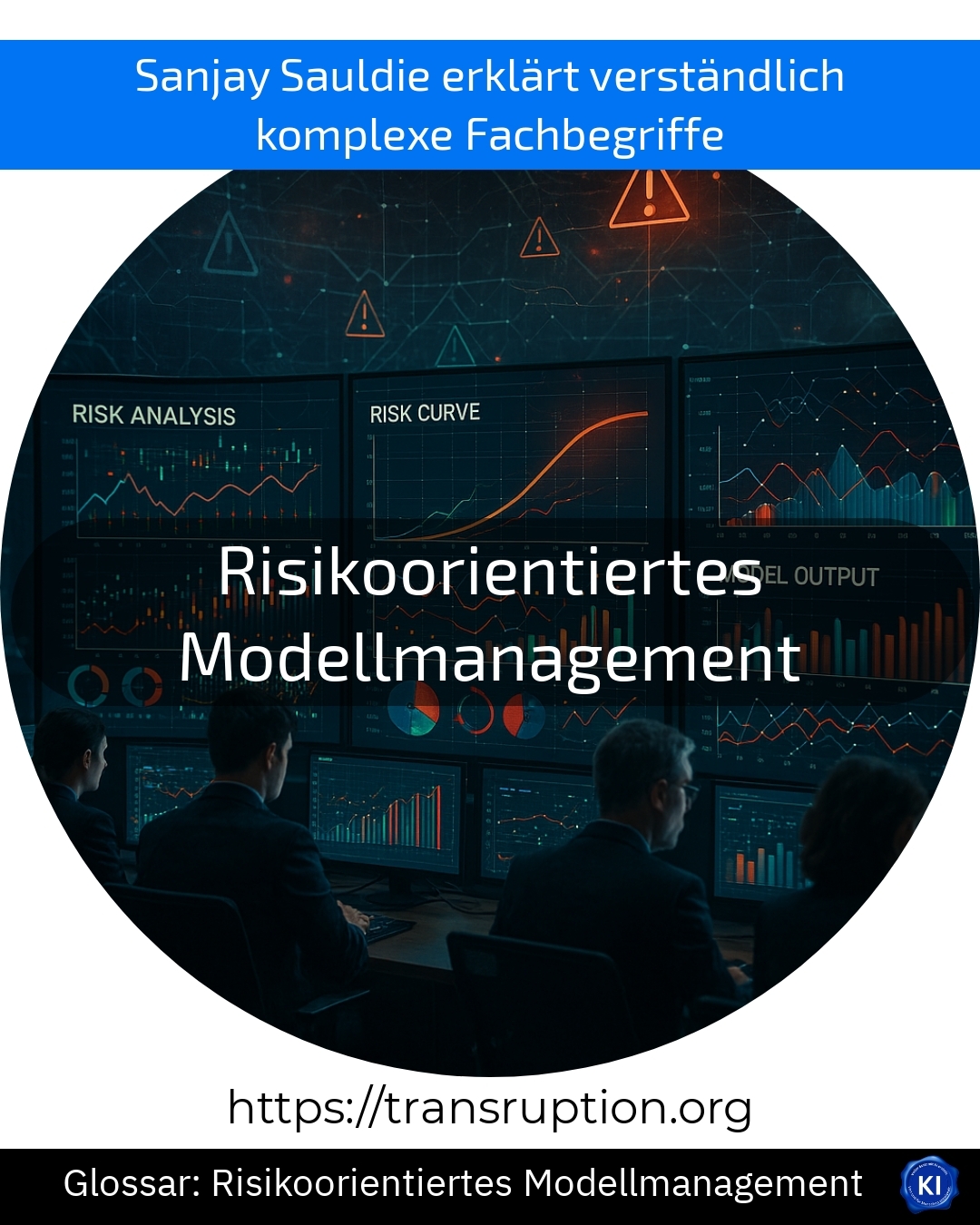Risk-oriented model management is particularly important in the areas of big data and smart data, artificial intelligence and digital transformation. Companies today use many data-based models, for example to create forecasts or make decisions. Risk-oriented model management helps to identify and minimise potential risks in the development, use and monitoring of such models at an early stage.
A practical example: An online shop uses an AI model that makes purchase recommendations for customers. If this model is incorrect, it can lead to a loss of sales or spread false information. Risk-orientated model management therefore involves checking where the model can make mistakes and what the consequences would be. Targeted measures are then taken to reduce these risks - for example, by regularly checking the results or setting clear rules on when the model is to be used.
Risk-oriented model management ensures that digital solutions remain secure and trustworthy. It helps companies to maintain an overview and prevent damage caused by faulty models. This approach is indispensable, especially in a world that is becoming increasingly data-driven.















